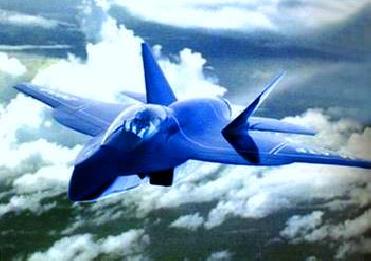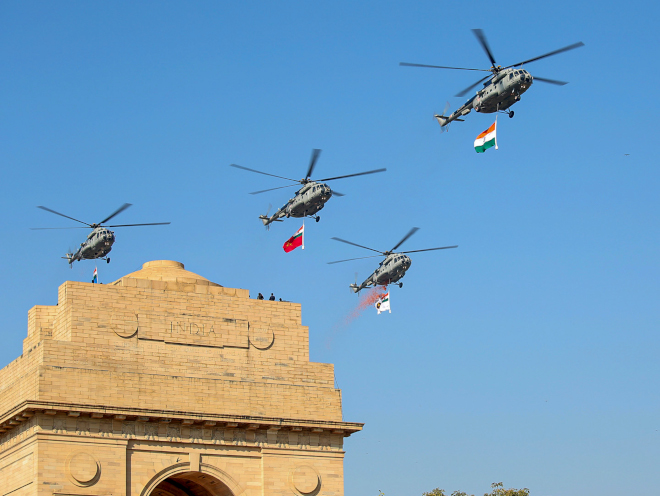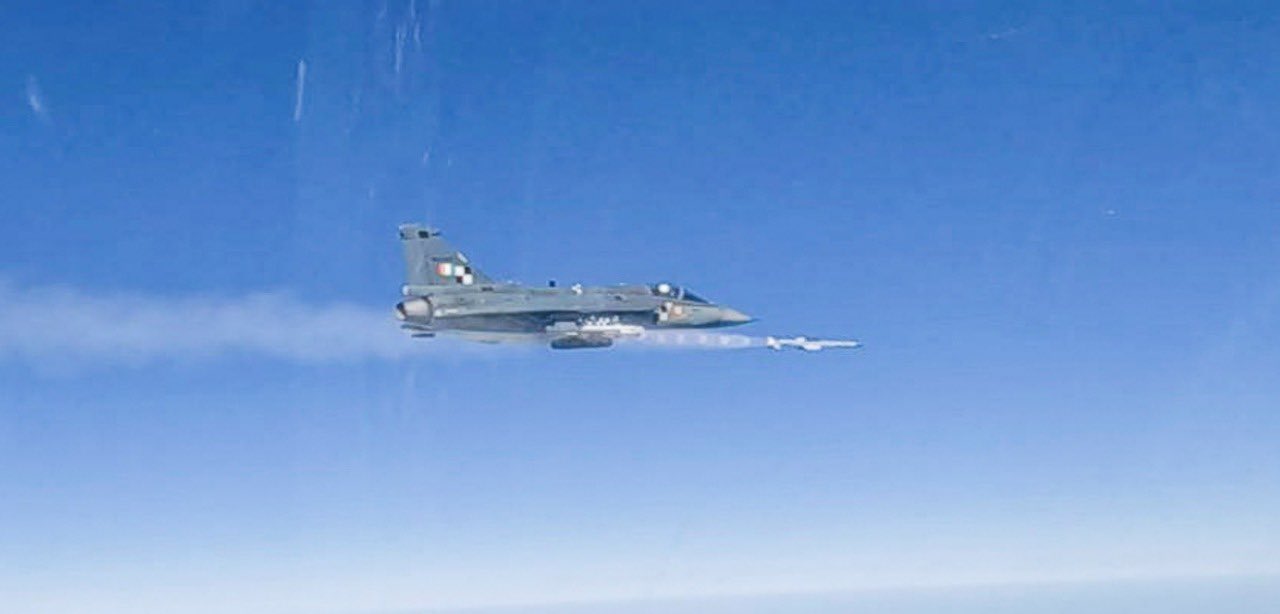
It has become common in the aviation community to classify fighter aircraft by "generations" based on their capabilities. There are no official definitions of these generations; rather, they represent the notion that these are stages in the development of fighter design approaches, performance capabilities, and technological evolution.
Before clearly understanding fifth generation fighters, it is necessary to have a brief knowledge of other four generations.
The first generation of fighters probably consists of those that appeared at the beginning of the Jet Age, starting late in World War II up through the Korean War. These planes were the first to be powered by turbojet engines, but were otherwise largely similar in capability to the older piston-engined fighters they replaced. The most representative fighters of that era are the F-86 Sabre, Dassault Ouragan, MiG-15, etc.
The factors that most epitomised fighters of the second generation were higher speed, radar, and use of the first guided air-to-air missiles. These aircraft were the first fighters capable of maintaining supersonic speeds in level flight. Their designs also took advantage of new electronics technologies making radar small enough to be carried aboard. Best representing this class of fighters are MiG-19, MiG-21, North American F-100 Super Sabre, Saab Draken, etc.
Fighters of the third generation were those which were the first to be designed specifically as multi-role fighters capable of performing both air-to-air and air-to-ground attack capabilities. The best representatives of this generation of fighters are the F-4 Phantom II, MiG-23, BAC Lightning, etc.
The Fourth generation fighters continued the trend towards multi-role fighters equipped with increasingly sophisticated avionics and weapon systems. These fighters also began emphasising maneuverability rather than speed to succeed in air-to-air combat. Good representatives of this class of fighters include the American F-16, Soviet MiG-29, French Dassault Mirage 2000, etc.
The 4.5 generation fighters were generally seen as retaining the same basic characteristics of fourth generation aircraft but with enhanced capabilities provided by more advanced technologies that might be seen in fifth generation fighters. Good examples are the Sukhoi Su-30MKI, Eurofighter Typhoon, and Dassault Rafale.
Fifth Generation Fighters
Fifth Generation Fighter aircraft represent a quantum leap in air-to-air and air-to-ground capabilities that provide an order of magnitude increase in operational effectiveness over legacy fighters. These fighters are characterised by being designed from the start to operate in a network-centric combat environment. They have extremely low, multi-spectral signatures employing advanced materials and shaping techniques.
The technologies that best epitomise fifth generation fighters are combine high performance airframes, internally carried advanced air-to-air and air-to-ground weapons, all aspect stealth and Low Probability of Intercept Radar and networks for shared situation awareness.
 Previous Article
Previous Article Next Article
Next Article












The Indian Air Force, in its flight trials evaluation report submitted before the Defence Ministry l..
view articleAn insight into the Medium Multi-Role Combat Aircraft competition...
view articleSky enthusiasts can now spot the International Space Station (ISS) commanded by Indian-American astr..
view article